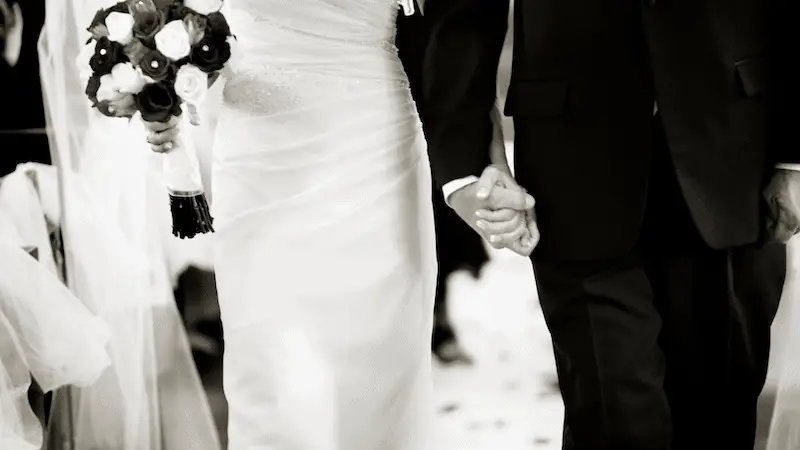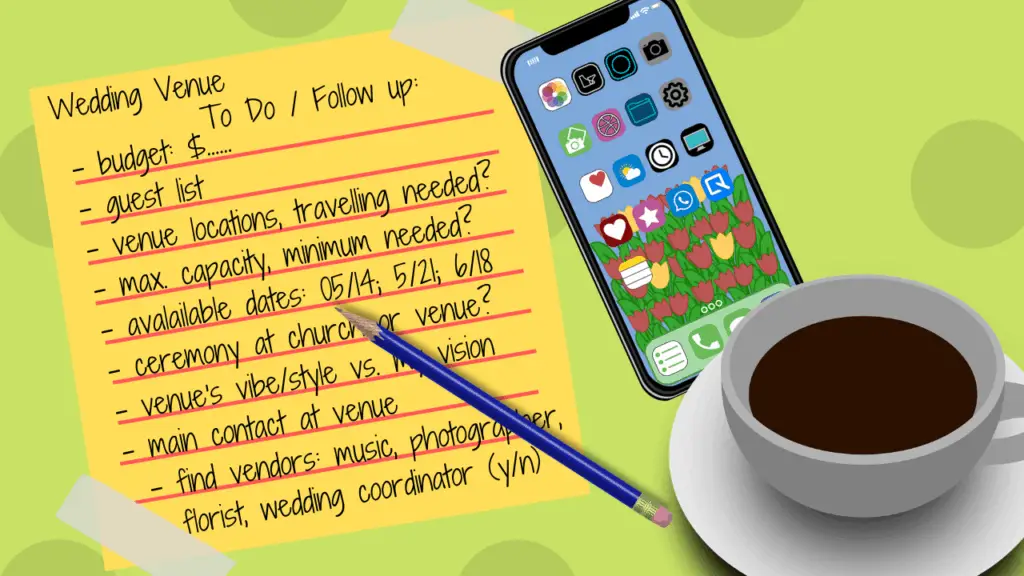How To Plan Your Wedding Ceremony Seating
Weddings can be complicated, and it seems like you have to consider many different things when planning them.
After figuring out your budget, finding a venue for the wedding reception, planning the menu, drawing up the layout, hiring a florist and a band, and a photographer, you may hope there is not another thing left you to have to plan or take care of, like the wedding ceremony seating.
So, if you’re wondering who will be at your wedding ceremony and where they should sit, here’s what you need to know.
Nowadays, the seating layout for a ceremony does not need to follow strict traditional rules.
Bride and groom can figure out fairly quickly how to place parents, close family, and guests.
Modern couples should let their guests sit on whichever side of the aisle they feel most comfortable.
People who arrive at the ceremony asking which side they should sit on may be relieved after discovering there are no assigned seating areas except the front row.
There is no need for guests to awkwardly peek over their shoulder from their seat to the other side of the aisle to wonder if they are on the right side or not.
Who Traditionally Should Sit On Which Side Of The Aisle?
In a traditional Christian wedding ceremony, the bride’s family sits to the left and the groom’s family to the right.
As opposed to Christian weddings, Jewish weddings have families seated reversed, including the bride and groom, with the bride standing on the right and the groom standing on the left under the chuppah.
Guests of a Jewish Orthodox or Muslim wedding ceremony may be divided by gender.
Tradition-bound practices are becoming more and more outdated as people evolve and arrangements adapt.
A division of sides can also look odd visually. For example, if one side of the family has more guests than the other, there is no visual balance, and the bride’s side might look emptier than the groom’s.
If you are not following long-standing wedding ceremony seating traditions, seat your guests in an egalitarian way so that guests of both sides at the altar have an equal representation.
Focus On The First Two Or Three Rows In Front Of The Room
When planning a wedding ceremony seating layout, it comes down to your closest family and friends.
Parents and grandparents and any special guests should each have the “best” seat during the ceremony.
This way, some of the seating arrangement traditions are put into play, and selected family members can settle on the bride’s and the groom’s side.

The ushers help communicate seating arrangements to these selected few seated in front of the room and ensure that these chairs remain reserved for them.
Reserved Wedding Ceremony Seating
Ideally, put a few reserved signs on each seat (or pew) and let your folks know that these signs are set up for them to mark their designated rows.
Use little name cards rather than reserved signs to complete your wedding ceremony seating to make things even more helpful. That would make everything perfect!
How Does The Seating Work In The Front Rows During The Ceremony?
We are facing the front of the room from the audience’s perspective:
The first row left (first two chairs starting on the aisle): Mother of the Bride and Father of the Bride
The second row left, Grandparents of the Bride.
Based on your preference, they can also be seated next to the Bride’s Parents.
If the bride’s or groom’s parents are divorced and remarried or with a friend or partner, the bride’s or groom’s mother should still be in the first row and the respective father behind her in the second row (both with their partners or family member).
They, in turn, would sit with their respective parents (bride’s grandparents).
Of course, the bride’s divorced parents can all sit together in the first row if they are easygoing.
If a couple is getting married for a second time and has adult children, they could be seated in the front rows with their grandparents.
The groom’s side (right side) would mirror the bride’s side and follow the same principles during the ceremony.
Same-sex couples follow the same layout if they decide on two sides of the aisle for parents, close family, and friends in the first rows. Their immediate family sits on their relative’s corresponding side.
Which Parents Are Seated First At A Wedding?
At a traditional ceremony, the following order is common.
Once all guests are seated, the processional is almost ready to start.
But before the wedding party walks down the aisle, members of the immediate family are seated.
The groom’s grandparents will be seated first, followed by the bride’s grandparents.
Next up: the groom’s parents, who will sit in the first row right, which is followed by the bride’s mother, who will sit in the first row left, ushered possibly by the bride’s brother or another relative to walk with her, since her father would walk the bride down the aisle.
Tips to consider for the ceremony seating layout
- Elderly guests without a partner should be accompanied by an usher to their seats and ideally be seated on the aisle for easy maneuvering at the ceremony.
- Having side aisles (space permitting) will help guests get seated quicker and accommodate guests with wheelchairs more comfortably.
- If you are playing with the idea of a decorative aisle runner, you want to keep it neat and intact until the processional starts. In this case, guests will get seated from side aisles. Install a silk ribbon at the beginning across the center aisle to help maintain the runner’s appearance with guests coming in for their seats!
- Use extra unassigned chairs in the first or second row for seating the Flowergirls and Ringbearers to sit together or with their parents.
- Save chairs in the back row for those arriving late so they can be seated immediately.
- If you’re not seating your bridal party, don’t count them into how many chairs you need for the ceremony to avoid an excess of blank chairs.
- The best seats for readers or vocalists are on the center or side aisle in a row on the left or on the right, close to the front.
- Unless you are at a church, you may remove any chairs that don’t have name cards on the seat in the first few rows to avoid empty-looking seats.
What is The Usher’s Role?
Ushers (Groomsmen, if you will) greet guests, hand out programs, find and seat special guests as they arrive, and escort them up the aisle to their seats.
They should also be prepared for any last-minute re-arrangements on anyone’s side, and keep an eye out for anything that may happen!
When all of the regular guests have been seated, it is their duty to escort any special members (such as grandparents and parents) to their seats, unless they are part of the processional.
Last but not least, once everyone has been seated the ushers become part of the wedding party and will walk down the aisle behind the Bestman and Groom as practiced in the rehearsal.
Bride And Groom
Whether the bride and groom are standing or sitting during the ceremony is often determined by the length of the ceremony and religious etiquette.

In a religious ceremony, the bride and groom typically stand at least for a portion of the service to honor their commitment before God with all eyes on them. In this setting, they would stand during the vows and ring exchange when the bride and groom speak to each other.
In Conclusion
Wedding ceremony seating arrangements will differ slightly for each couple’s big day.
The ceremony should not start until all guests are in their seats, or you are required to start without them.
There is no right or wrong seating layout, just the one that works best for you and your family members, wedding party, and guests!


